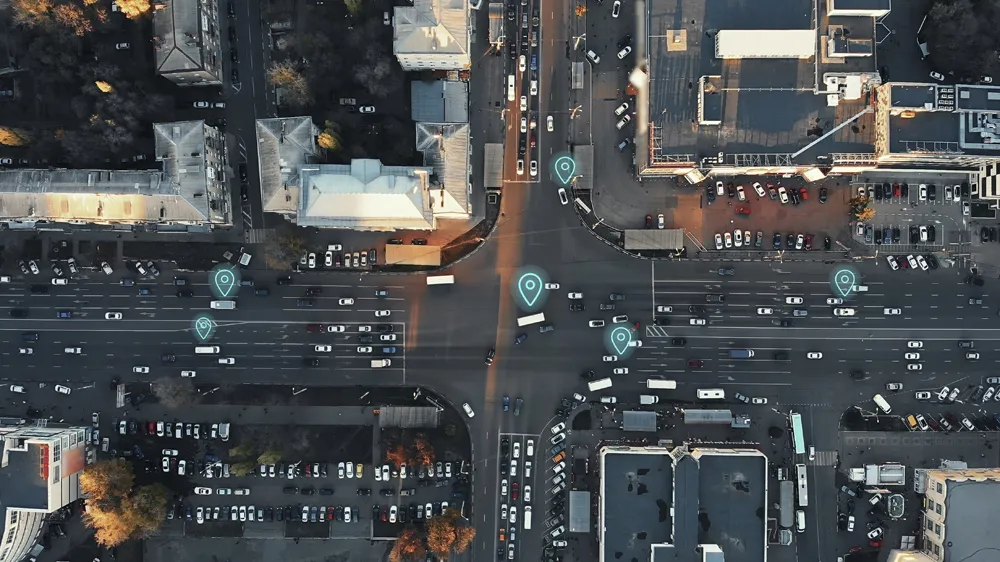As Traffex 2015 event partner, Siemens will be exhibiting products from across its extensive range, from innovative traffic controllers, signals and detection solutions, to the very latest traffic management, electric vehicle charging and traffic enforcement systems.
Siemens new Service Operations Centre, which is being launched at Traffex, is a dedicated traffic management and support service which brings together the company’s existing Field Service Contact Centre, Systems Support and its Poole-based C
April 21, 2015
Read time: 2 mins
As 136 Traffex 2015 event partner, 189 Siemens will be exhibiting products from across its extensive range, from innovative traffic controllers, signals and detection solutions, to the very latest traffic management, electric vehicle charging and traffic enforcement systems.
Siemens new Service Operations Centre, which is being launched at Traffex, is a dedicated traffic management and support service which brings together the company’s existing Field Service Contact Centre, Systems Support and its Poole-based Consultancy Services team into one location. Featuring Stratos, Siemens’ cloud-based traffic management solution, and hosted traffic management, the development is designed to enhance customer service with the capability to remotely manage local authority road networks including monitoring key routes and junctions, strategic traffic control and network optimisation from a single facility.
Siemens is also demonstrating a host of new controller features this year including the innovative and unique speaking controller capabilities. In addition, a new Pedestrian Countdown at Traffic Signals unit and a new cycle detection system will be unveiled at the show. WiMag cycle detection uses in-ground, low-power, wireless detectors and microwave radar technology to identify and count bicycles of all types, including those constructed from carbon fibre. The solution complements the company’s existing WiMag, loop and radar detection solutions.
Also on show at Traffex 2015 will be Siemens’ latest range of electric vehicle charging equipment is designed in particular for long-term use in challenging environments. A full range of three-phase AC and DC charging equipment will be on display, including our latest bay monitoring capabilities.
Siemens new Service Operations Centre, which is being launched at Traffex, is a dedicated traffic management and support service which brings together the company’s existing Field Service Contact Centre, Systems Support and its Poole-based Consultancy Services team into one location. Featuring Stratos, Siemens’ cloud-based traffic management solution, and hosted traffic management, the development is designed to enhance customer service with the capability to remotely manage local authority road networks including monitoring key routes and junctions, strategic traffic control and network optimisation from a single facility.
Siemens is also demonstrating a host of new controller features this year including the innovative and unique speaking controller capabilities. In addition, a new Pedestrian Countdown at Traffic Signals unit and a new cycle detection system will be unveiled at the show. WiMag cycle detection uses in-ground, low-power, wireless detectors and microwave radar technology to identify and count bicycles of all types, including those constructed from carbon fibre. The solution complements the company’s existing WiMag, loop and radar detection solutions.
Also on show at Traffex 2015 will be Siemens’ latest range of electric vehicle charging equipment is designed in particular for long-term use in challenging environments. A full range of three-phase AC and DC charging equipment will be on display, including our latest bay monitoring capabilities.










